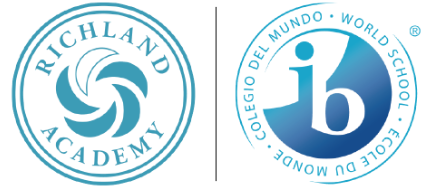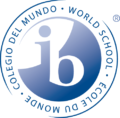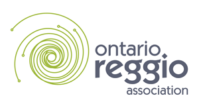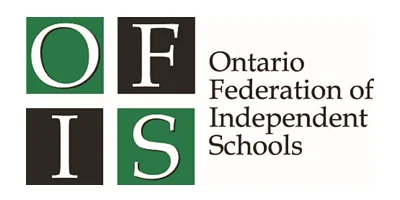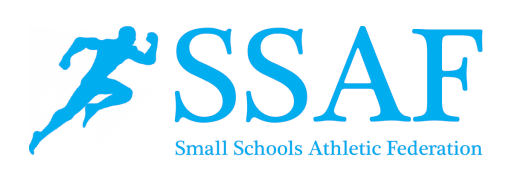Inquiring Minds would like to share this informative post from one of Richland Academy’s SK teachers, Ms. Paola Ciocio, about emergent literacy. We look forward to sharing more posts from Ms. Ciocio, along with other Faculty members, who bring a wealth of experience and insight to the learning every day at Richland.
 What is it?
What is it?
“Emergent Literacy is a gradual process that takes place over time from birth – until a child can read and write in what we consider to be a conventional sense. A key to the term literacy is the interrelatedness of all parts of language: speaking, listening, reading, writing, and viewing.” – Emergent Literacy
Learning to read and write begins early in a child’s life. Most children can identify common signs and logos by the age of 2-3. They will begin to experiment with written forms of communicating by scribbling long before they can read. Reading and writing develop at the same time in young children and are interrelated. Children do not learn how to read first and then learn how to write. Writing is often easier for some children to begin with than reading. Literacy often develops from the need in real life situations to get something done or to read so that they can learn. Literacy is not a set of isolated skills, but rather a set of processes that children see as a means to achieve goals. Children learn literacy through active engagement with books and writing opportunities. Children reconstruct their knowledge by rereading favorite books and by using invented spelling. Listening to books plays a very important role in the literacy development of children. Reading to children each day is one of the most beneficial ways to promote literacy. Children develop a feel for the nature of written language at a very early age by listening to books read aloud. They begin to understand the function of reading and develop a positive attitude towards it.
Children learn literacy through active engagement with books and writing opportunities. Children reconstruct their knowledge by rereading favorite books and by using invented spelling. Listening to books plays a very important role in the literacy development of children. Reading to children each day is one of the most beneficial ways to promote literacy. Children develop a feel for the nature of written language at a very early age by listening to books read aloud. They begin to understand the function of reading and develop a positive attitude towards it.
Children pass through the stages of emergent literacy in different ways and at different ages. These developmental stages lead to the skills needed for both reading and writing acquisition. – Emergent Literacy Emergent Literacy
Emergent Literacy
What does Emergent Literacy look like in the SK classroom?
Children see and use print daily in the SK classroom in a variety of ways. Literacy is embedded in their environment, and in their interactions with each other.
- The children enjoy playing restaurant and use notepads to take orders. They notice pizza and cereal boxes and use these items to print out customer orders.
- The children ask to check off the items completed on the daily schedule. They are asked to be responsible for setting up the next day’s schedule. Reading has a purpose for them and therefore they take on this task with enthusiasm.
- The children enjoy hearing the story “Pete the Cat” and continuously seek out this book to read out loud together. The repeating pattern and rhythm of the story leads to success and enjoyment for reading.
- The children ask for favourite stories to be read to them over and over again. Strega Nona and Eggbert the Dragon are current favourites.
- The class paints with watercolours to construct a class word wall. Our names are the first important words to go on this word wall.
- Children’s own names are motivating for young learners because they are meaningful. Using a variety of materials to represent their names becomes important to them. They sign their names upon arrival every day.
- The children use a moveable alphabet and magnetic letters to make their names and words.
- The children read a morning message every to start the day and begin to see and read about the rules of print, such as starting on the left and leaving a space between words.
 These are a few of the ways that Emergent Literacy is being embedded into our SK Classroom. Already, the children are showing their knowledge of reading and writing through a balance of facilitated teaching workshops to clarify specific concepts and understandings, and the use of carefully planned out classroom experiences. The SK children are showing their joy of learning in meaningful and emergent ways.
These are a few of the ways that Emergent Literacy is being embedded into our SK Classroom. Already, the children are showing their knowledge of reading and writing through a balance of facilitated teaching workshops to clarify specific concepts and understandings, and the use of carefully planned out classroom experiences. The SK children are showing their joy of learning in meaningful and emergent ways.

